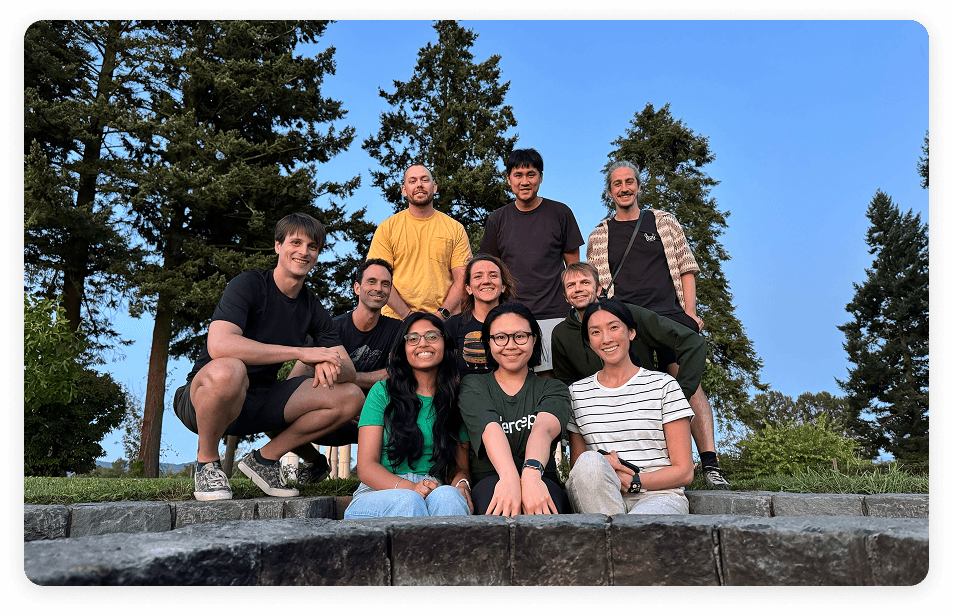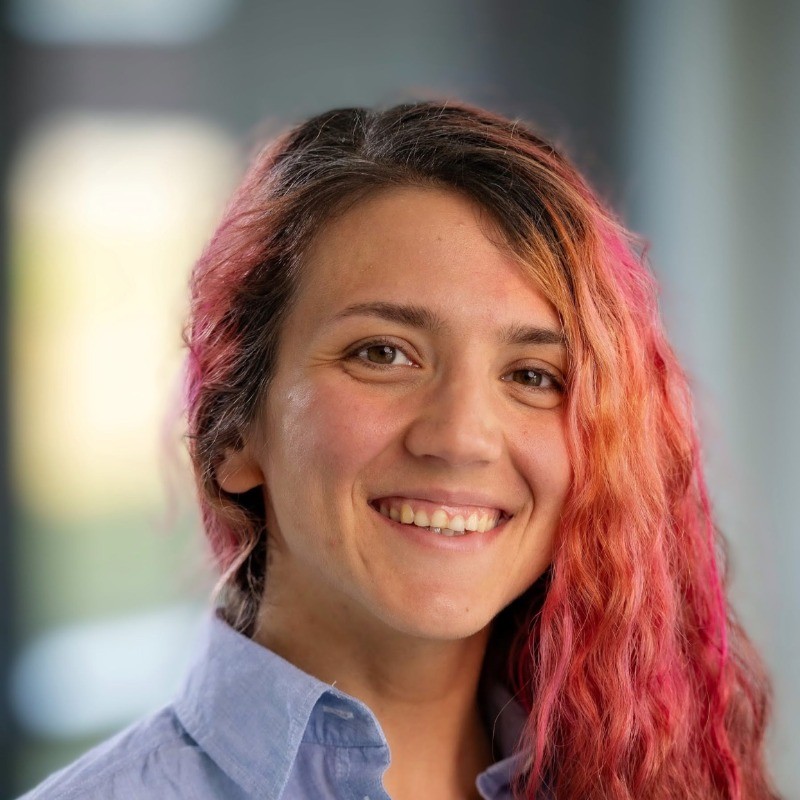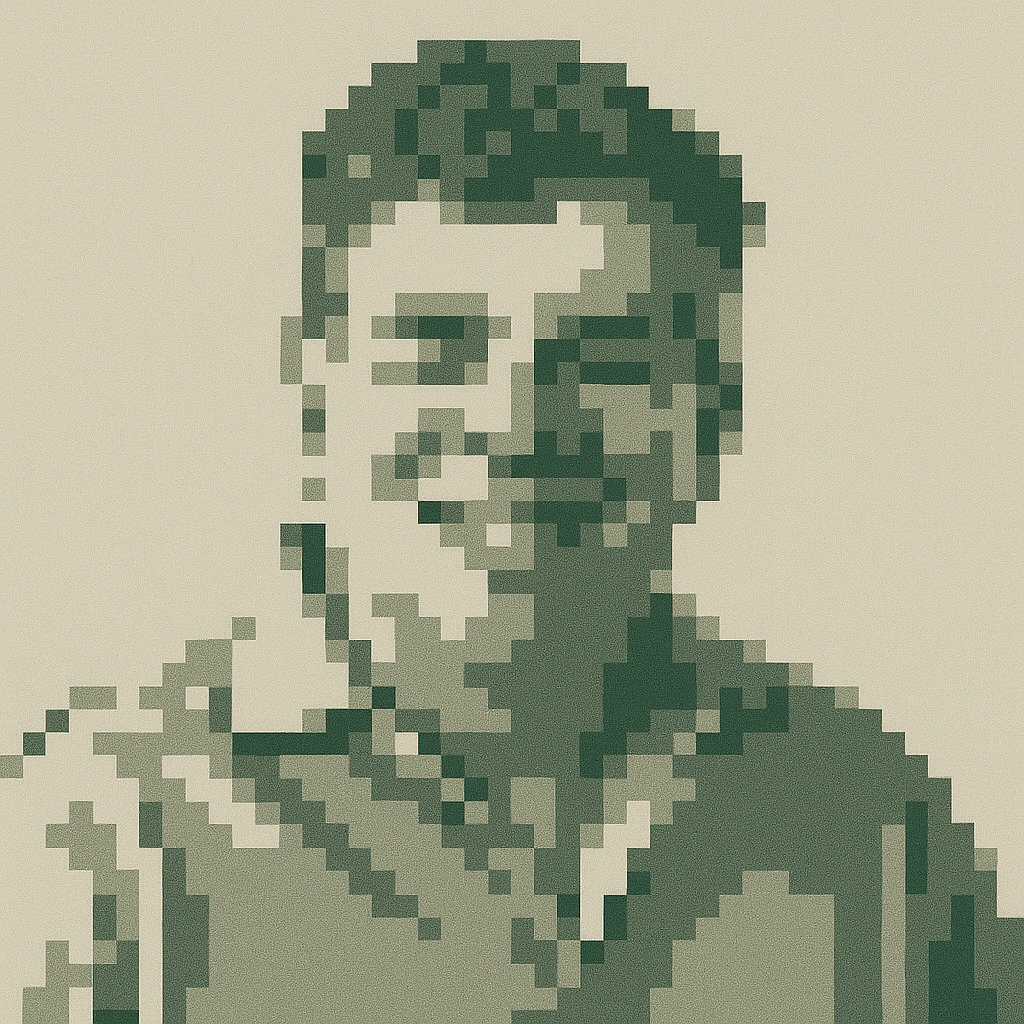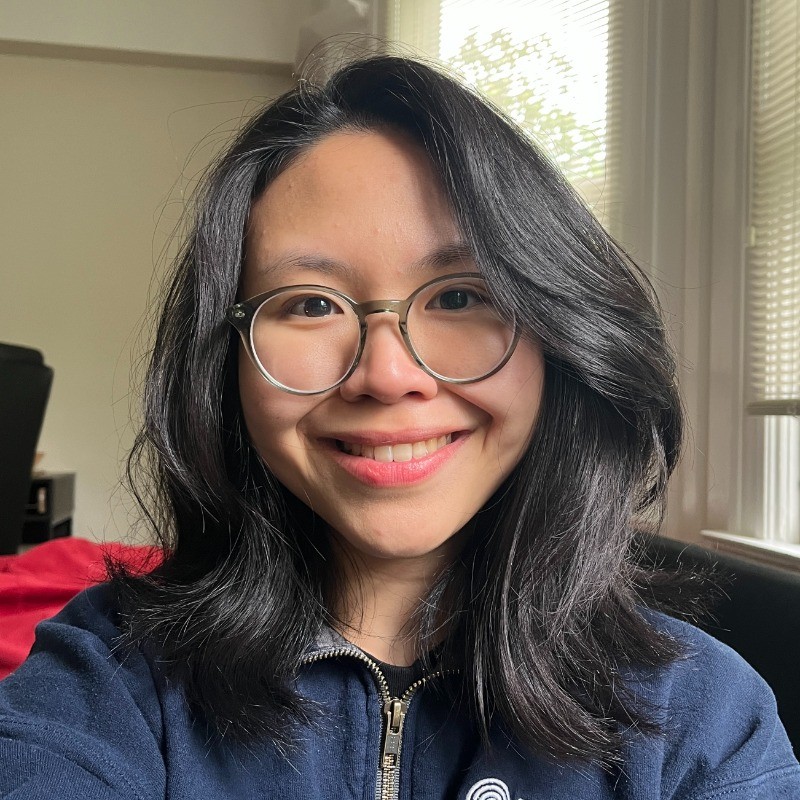Vercept builds products that expand human potential while fostering a culture of transparency, growth, and genuine care for the people we serve.

Core Values
These are the guiding principles that define our culture, decisions, and behavior
We lead by example
We believe leadership means serving our team through transparency, shared ownership of outcomes, and creating an environment where people can grow, connect, and thrive—not just produce output.
Collective accountability
We take initiative, own our commitments, and hold ourselves and each other responsible in ways that build trust. We align our work with our bigger mission and communicate with honesty, even when it's difficult.
User-centered impact
We build for accessibility, community, and real value—not perceived value. Our responsibility extends to underrepresented groups, data security, platform stability, and transparent communication that empowers rather than exploits.
Growth through connection
We solve problems together, share knowledge openly, and celebrate each other's wins. We maintain our culture through daily rituals that keep us connected as people, not just coworkers.
Future-focused purpose
We aspire to lead, invest back into education and accessibility, and give back through philanthropy and social good. Every decision we make today shapes the future we want to see.
Meet Our Team
Our founding team is world-class in building AI.


Kiana Ehsani
CEO
Previously Senior Research Scientist at AI2, leading research in computer vision, deep learning, and AI agents. Recent best papers at CoRL 2024 (Poliformer), IROS 2024 (HarmonicMM), and ICRA 2024 (RT-X). Ph.D. from UW CSE.


Luca Weihs
Co-founder
Previously Research Manager and Infrastructure Team Lead at AI2. Led work in AI agents and reinforcement learning. Recent work includes PoliFormer, SPOC, and AllenAct. UW Stats Ph.D. and UC Berkeley Math valedictorian.


Ross Girshick
Co-founder
The 18th most cited person in the history of science. Pioneered computer vision with deep learning (Faster R-CNN, Mask R-CNN, Segment Anything). Previously Research Scientist at Meta AI and AI2, and Postdoc at UC Berkeley.


Oren Etzioni
Co-founder
Founding CEO of AI2 (2013-2022). Pioneer in natural language processing and machine learning. Professor Emeritus at UW with h-index of 100+. Founded multiple successful companies including Farecast (acquired by Microsoft).


Kuo-Hao Zeng
Member of Technical Staff
Previously Research Scientist at AI2. I train policies with IL/RL in simulation and deploy them to the real world. Led CoRL 2024 Best Paper (PoliFormer). Ph.D. from UW CSE.


Eric Kolve
Member of Technical Staff
Previously, Eric held the position of Principal Software Engineer at the Allen Institute for Artificial Intelligence (AI2), contributing to cutting-edge research in embodied AI and collaborative agent systems.


Harshitha Rebala
Member of Technical Staff
Undergraduate at the University of Washington studying Computer Science. Previous Microsoft SWE intern and Machine Learning researcher at KurtLab, UW.


Huong Ngo
Member of Technical Staff
Previously Predoctoral Researcher at AI2. Led OLMoASR and worked on Molmo and Objaverse. Bachelor's from UW Seattle.


Flora Ku
Head of Operations
Previously built and ran core operational functions at Madrona Venture Labs for both internal team and portfolio companies. MBA from UW Foster School of Business.


Harsh Agrawal
Member of Technical Staff
Previously Research Scientist at Apple MLR building interactive and embodied multimodal agents. Helped build and maintain EvalAI - an open source evaluation platform which has hosted 450+ AI challenges. PhD from Georgia Tech.


Charlie Morss
Member of Technical Staff
Previously Head of Engineering at Copy.ai, scaling a generative AI platform to 17M+ users. Former CTO of NextStep, building technology to address healthcare workforce shortages, and engineering leader at Stripe, where he led work on Sigma and enterprise fraud detection. Earlier CTO roles include Urbanspoon (acquired by Zomato) and Audiosocket.


Cam Sloan
Member of Technical Staff
Cam Sloan is a software engineer and entrepreneur. He previously co-founded Hopscotch, a user onboarding platform for SaaS companies.

You
Dream role
Self-driven and passionate about building cutting-edge AI products. You'll help bring our advanced AI systems to millions of users worldwide.
Help us change the world—
one breakthrough at a time
Think you'd be a great fit? Check out our job board for current openings.